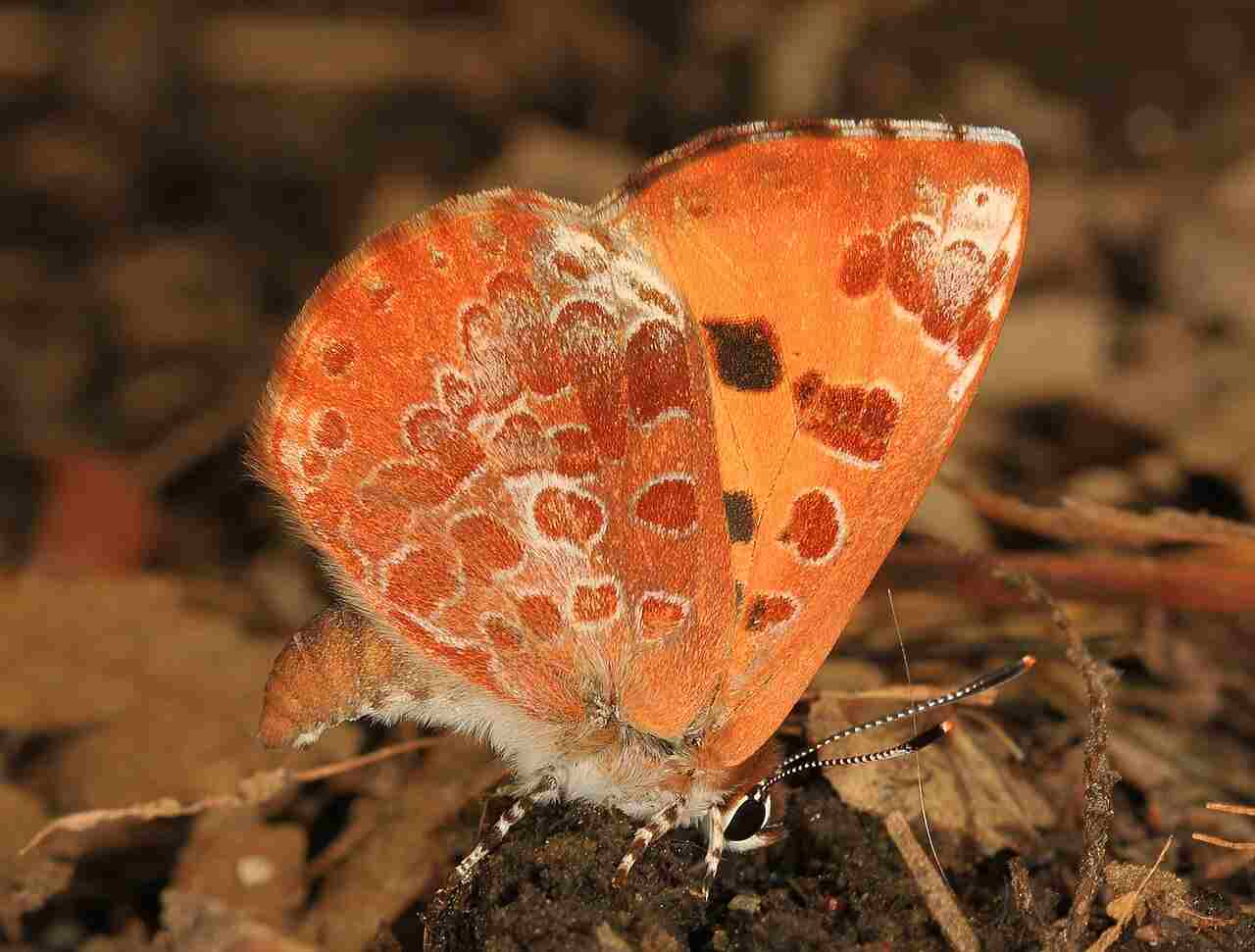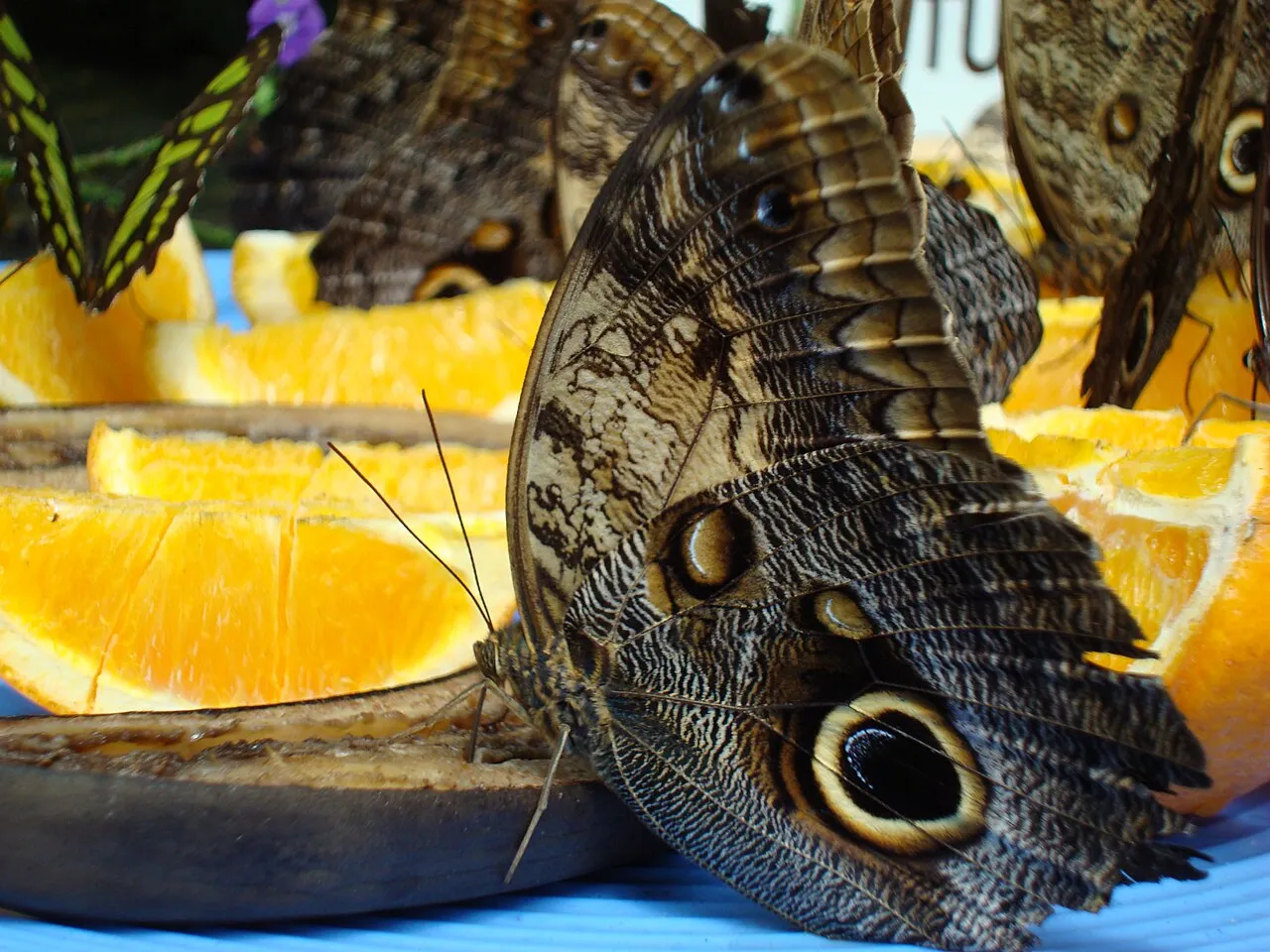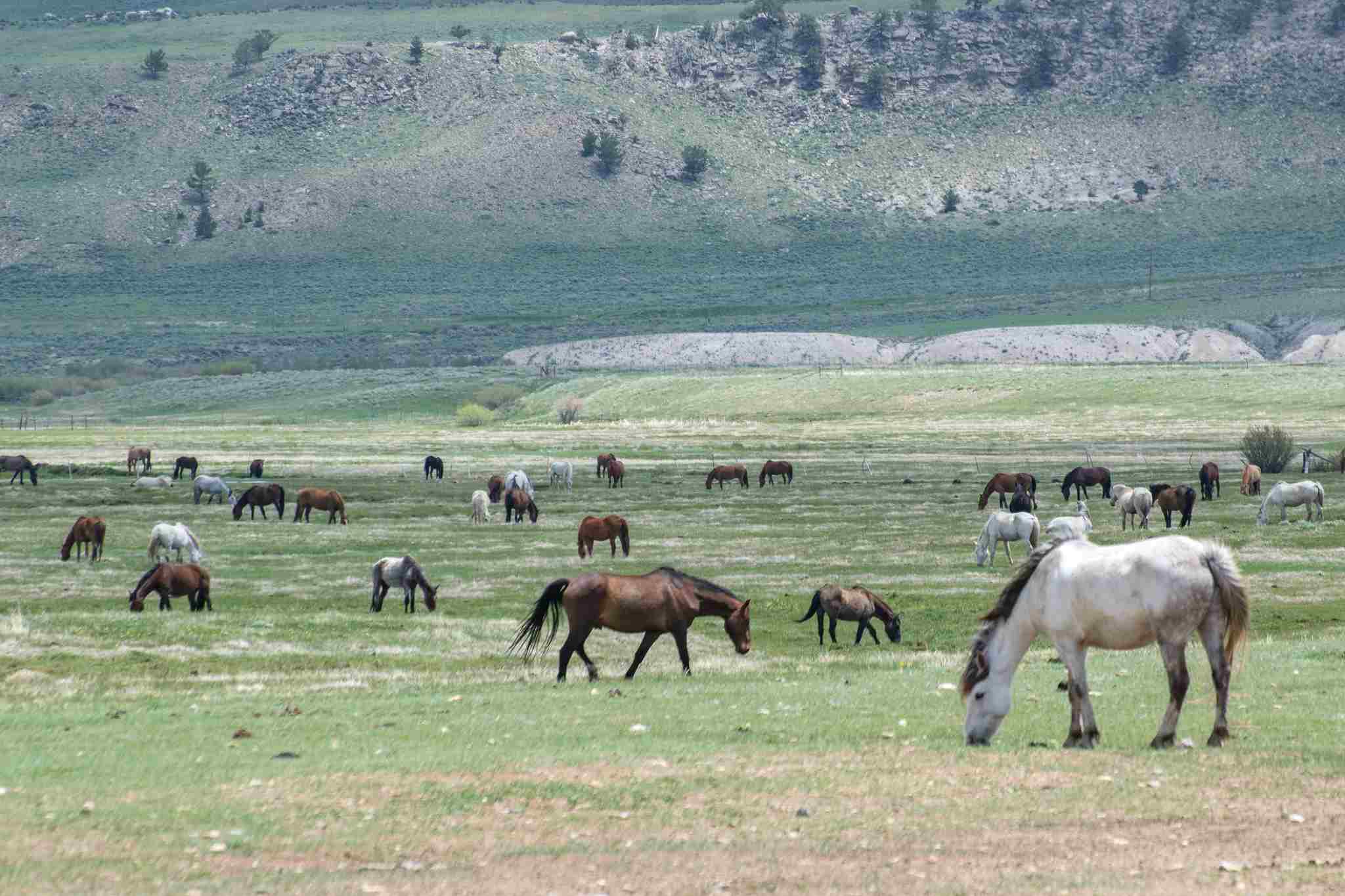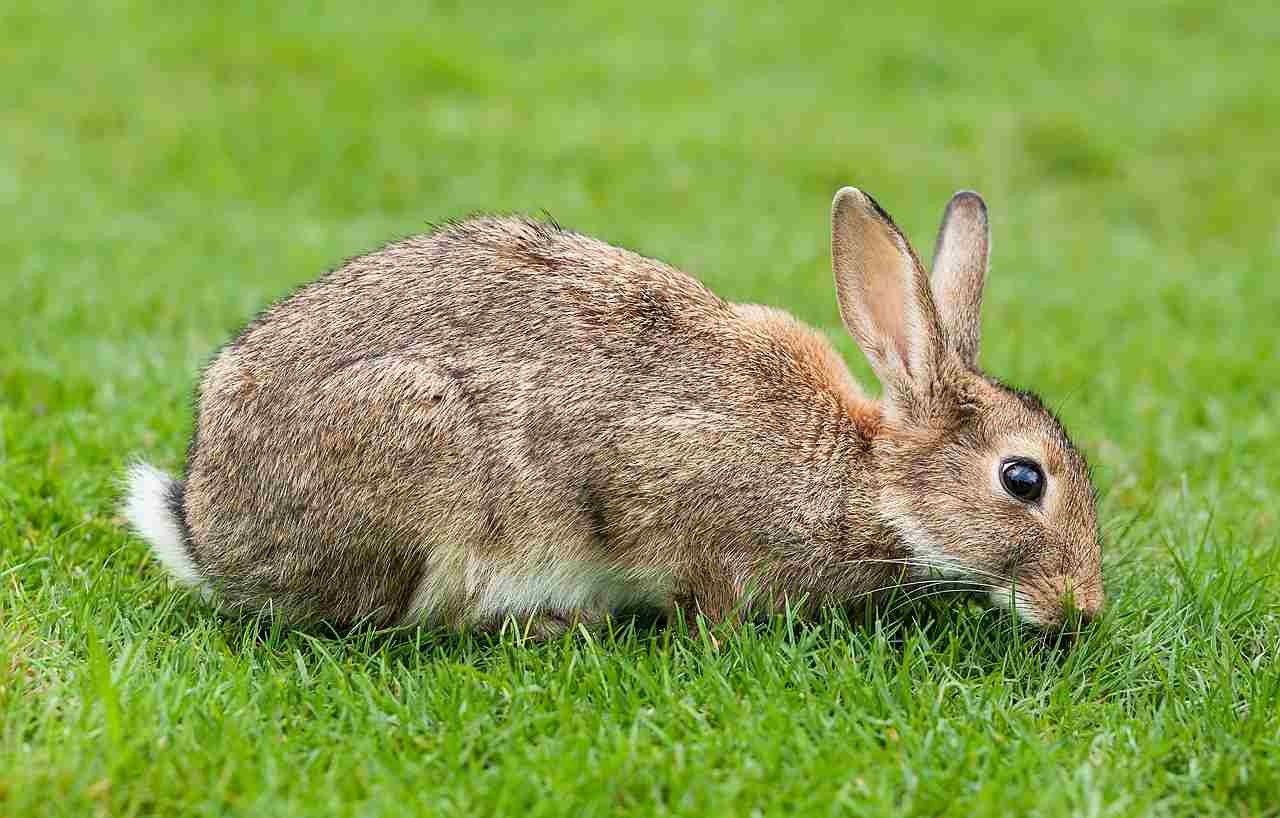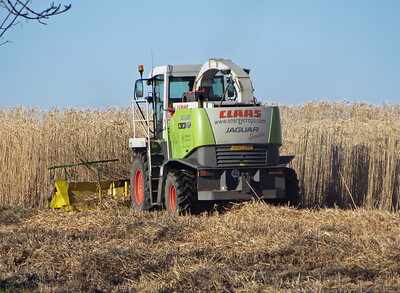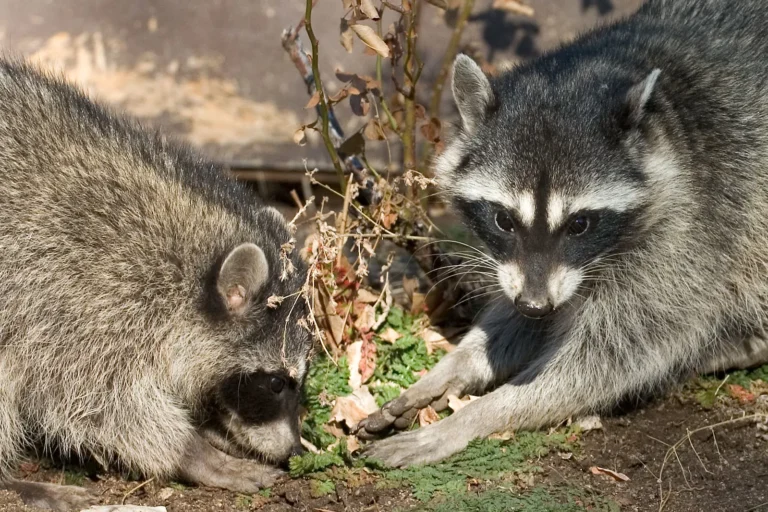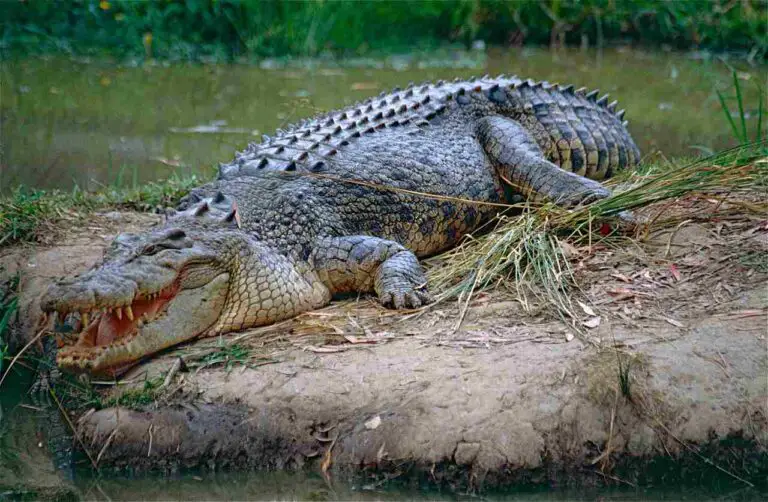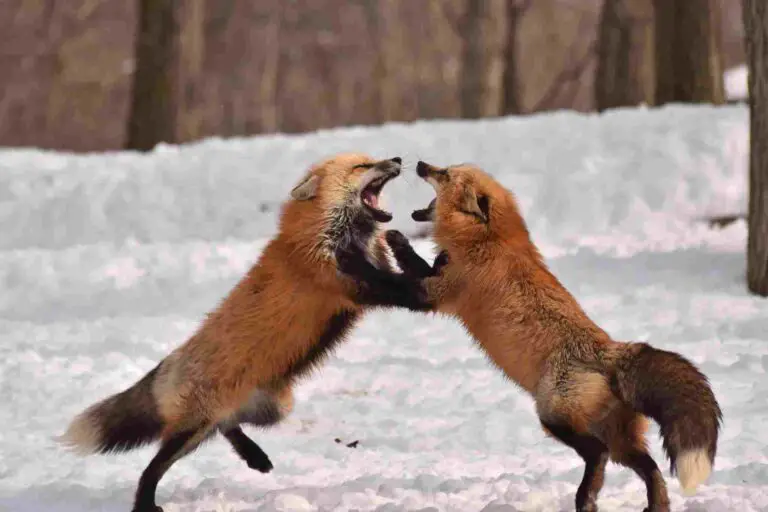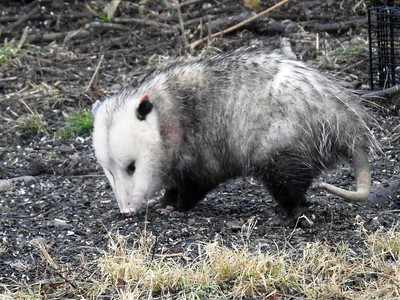Is a Caterpillar a Herbivore? Caterpillar Food Chain Position and Role
Yes, a caterpillar is a herbivore. Its primary diet consists of plant matter, such as leaves, flowers, and sometimes fruits. Caterpillars have specialized mouthparts adapted for chewing and consuming plant material. This herbivorous diet provides them with the necessary nutrients to fuel their growth and development into butterflies or moths.
Reasons Why a Caterpillar is a Herbivore
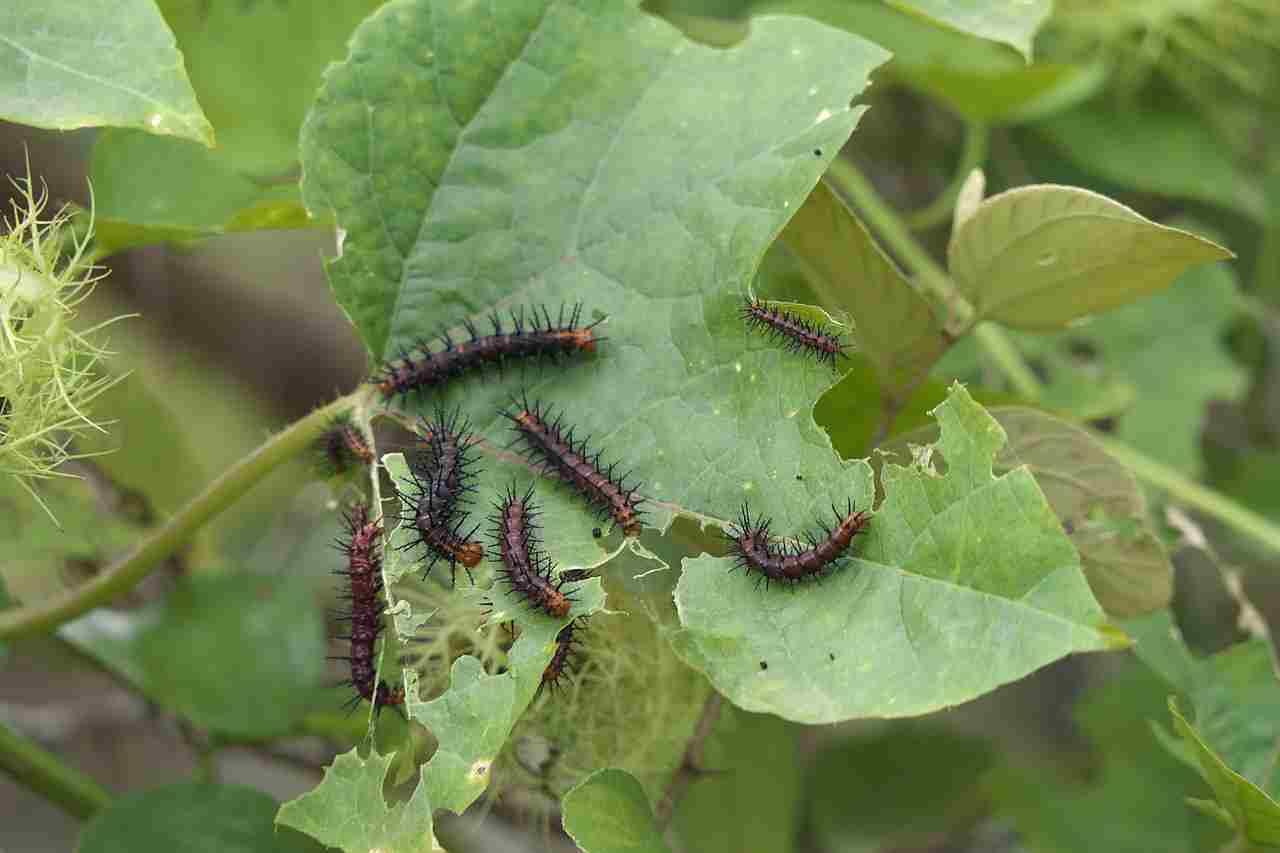
-
Mouthparts Adaptation: Caterpillars have specialized mouthparts designed for chewing plant material, such as leaves and stems. These mandibles are efficient in breaking down and consuming vegetation.
-
Digestive System: The digestive system of caterpillars is well-suited for processing plant matter. They have enzymes and gut bacteria specifically tailored to break down cellulose and other components found in plants.
-
Feeding Behavior: Caterpillars are commonly found feeding on various parts of plants, including leaves, flowers, and even seeds. Their feeding behavior is characteristic of herbivores, as they rely solely on plant sources for sustenance.
-
Lifecycle Connection: Caterpillars are typically the larval stage of butterflies or moths, both of which are known herbivores in their adult forms. This lifecycle connection reinforces the herbivorous nature of caterpillars as they continue to consume plant matter throughout their development.
Is A Caterpillar An Omnivore?
No, a caterpillar is not an omnivore. While some caterpillars may occasionally consume detritus or exhibit scavenging behavior, their primary diet consists of plant material. Unlike omnivores, which consume both plant and animal matter, caterpillars lack adaptations for efficiently digesting and obtaining nutrients from animal sources. Thus, they are classified as herbivores rather than omnivores.
Reasons Why a Caterpillar is Not an Omnivore
-
Digestive System: Caterpillars possess a digestive system adapted for breaking down and extracting nutrients from plant matter. They lack the specialized digestive enzymes and structures necessary for efficiently digesting animal tissue, which are typical of omnivores.
-
Feeding Behavior: While some caterpillars may opportunistically consume detritus or animal matter, such instances are rare and do not constitute a significant portion of their diet. Their feeding behavior primarily revolves around consuming leaves, stems, and other plant parts.
-
Morphological Features: Caterpillars typically have mouthparts designed for chewing plant material, such as mandibles adapted for biting and tearing leaves. Unlike omnivores, they lack specialized mouthparts for efficiently capturing and consuming animal prey.
-
Life Cycle: Caterpillars undergo metamorphosis to become butterflies or moths, both of which are herbivorous in their adult stages. This lifecycle pattern further supports the herbivorous nature of caterpillars, as they continue to rely on plant-based diets throughout their development.
Is A Caterpillar A Herbivore Or An Omnivore?
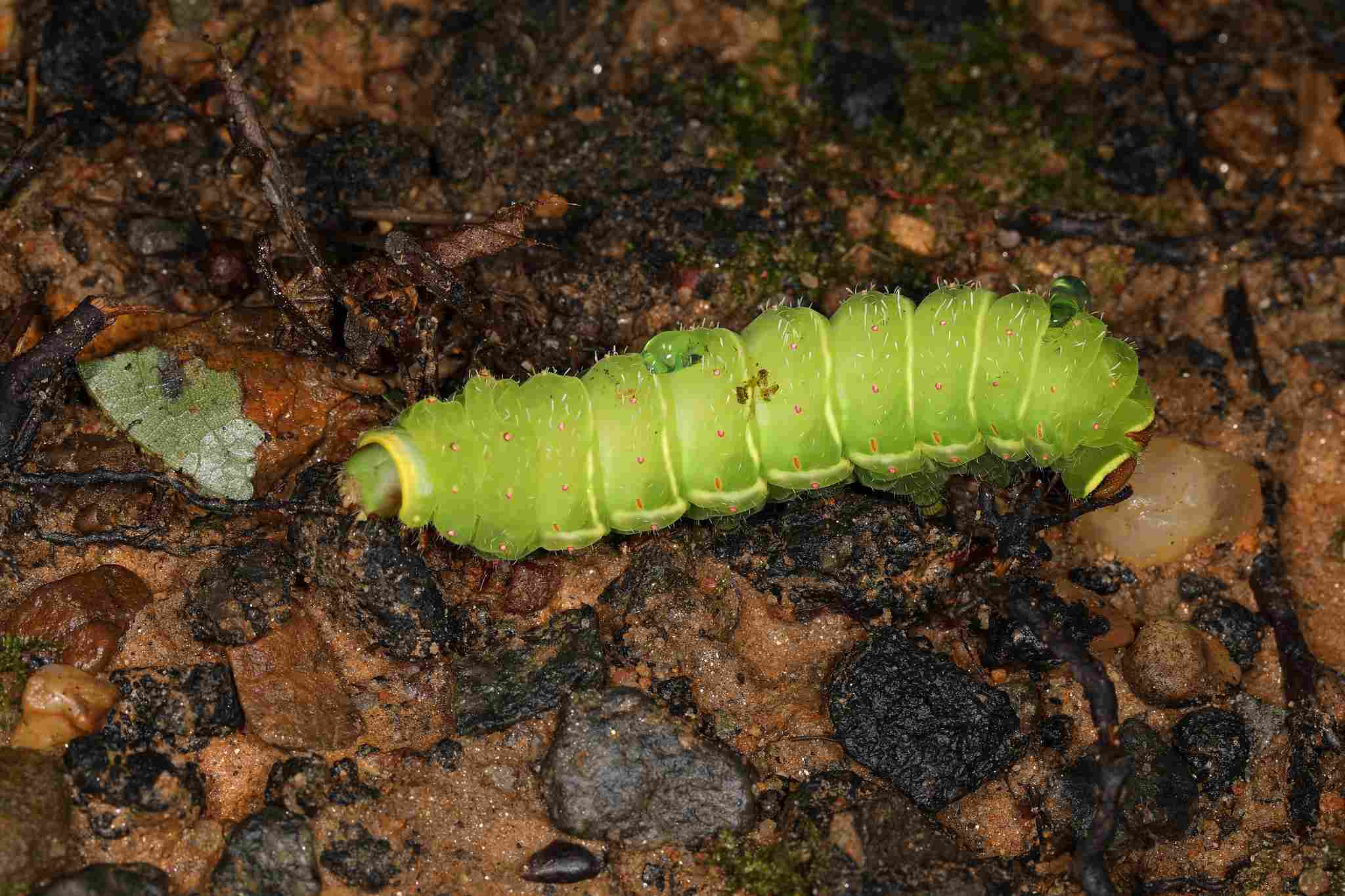
A caterpillar is a herbivore. Its primary diet consists of plant material, including leaves, stems, and occasionally fruits. While some caterpillars may exhibit detritivorous tendencies or consume small amounts of animal matter opportunistically, they lack the adaptations and behaviors characteristic of omnivores. Therefore, caterpillars are predominantly classified as herbivores due to their reliance on plant-based diets for sustenance and growth.
Is A Caterpillar A Carnivore?
No, a caterpillar is not a carnivore. Carnivores primarily consume animal flesh as their main source of nutrition, whereas caterpillars predominantly feed on plant material. Although some species of caterpillars may exhibit cannibalistic behavior or consume small insects opportunistically, their diet is not primarily composed of animal matter. Therefore, caterpillars are not classified as carnivores.
Reasons Why a Caterpillar is Not a Carnivore
-
Dietary Preference: Caterpillars primarily consume plant material, such as leaves, stems, and flowers. Unlike carnivores, which rely on animal flesh for sustenance, caterpillars lack the specialized adaptations for hunting, capturing, and digesting prey.
-
Morphological Adaptations: Caterpillars possess mouthparts adapted for chewing and consuming plant matter, rather than specialized structures for capturing and consuming animal prey. Their mandibles are designed for biting and tearing leaves, not for immobilizing or dismembering prey.
-
Digestive System: The digestive systems of caterpillars are specialized for processing plant material, including enzymes and gut bacteria tailored for breaking down cellulose and other plant components. They lack the digestive enzymes and acidic stomachs characteristic of carnivores, which are necessary for digesting animal proteins and fats efficiently.
-
Lifecycle Patterns: Caterpillars typically undergo metamorphosis to become butterflies or moths, which are herbivorous in their adult stages. This lifecycle connection further supports the herbivorous nature of caterpillars, as they continue to rely on plant-based diets throughout their development.
What Category Is Caterpillar Among Heterotrophs?
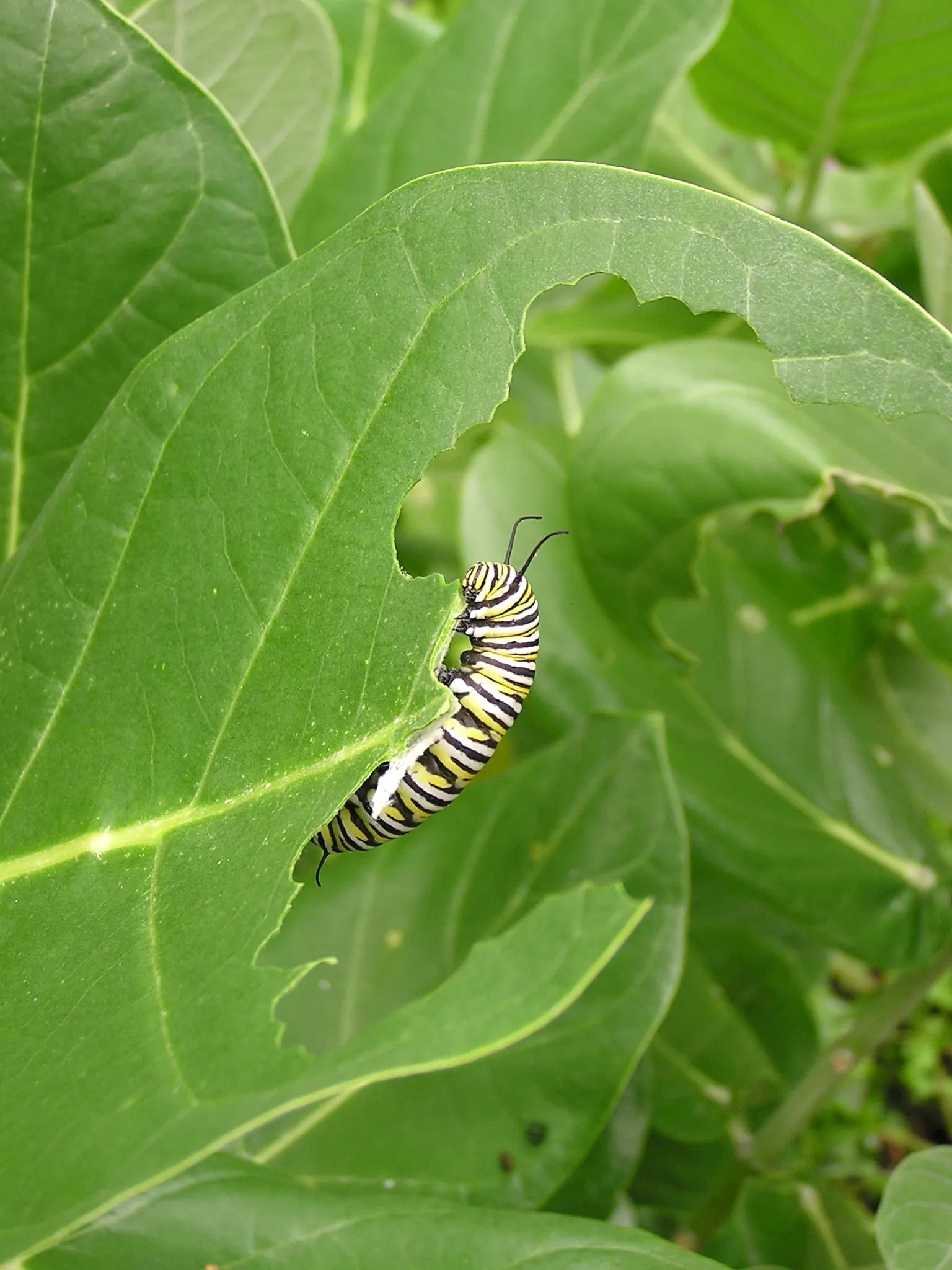
Caterpillars belong to the category of heterotrophs. Heterotrophs are organisms that cannot produce their own food and rely on consuming other organisms for energy and nutrients. As consumers, caterpillars obtain their nutrition by feeding on plant material, making them herbivores within the heterotroph classification.
Is A Caterpillar A Consumer?
Yes, a caterpillar is a consumer. As a heterotroph, it relies on consuming organic matter, in this case, plant material, to obtain energy and nutrients for growth and survival. Caterpillars actively feed on leaves, stems, and other parts of plants, making them primary consumers in various ecosystems. Their role as consumers contributes to the flow of energy and nutrients within food webs.
Reasons Why Caterpillars are Consumers
-
Feeding Behavior: Caterpillars actively consume plant material as their primary source of nutrition. They play a crucial role in consuming vegetation within their ecosystem, contributing to the cycling of nutrients.
-
Energy Acquisition: By consuming plants, caterpillars obtain energy in the form of carbohydrates, proteins, and fats necessary for their growth and development.
-
Nutrient Cycling: Caterpillars play a vital role in nutrient cycling within ecosystems. Through their consumption of plant material, they help break down organic matter, releasing nutrients back into the soil as they defecate or decompose.
-
Food Web Dynamics: Caterpillars serve as prey for various predators, further integrating them into the food web. Their consumption by predators helps regulate population dynamics within ecosystems.
Overall, caterpillars’ role as consumers contributes to ecosystem functioning and stability.
What Do Caterpillars Eat?
Caterpillars primarily eat plant material, including leaves, stems, flowers, and occasionally fruits. Their diet varies depending on the species of caterpillar and the availability of plant resources in their habitat. Some caterpillars may exhibit preferences for specific plant species, while others are more generalist feeders. Additionally, while their diet is primarily herbivorous, some caterpillars may also consume detritus or exhibit scavenging behavior, albeit to a lesser extent.
Are Caterpillars Predators Or Prey?
Caterpillars are primarily prey within the ecosystem. They serve as a food source for various predators such as birds, insects, spiders, and small mammals. However, some caterpillars may exhibit predatory behavior towards smaller insects, including their own species or other caterpillars. Overall, their role as prey is more significant in ecosystem dynamics, as they are a vital food source for many organisms higher up in the food chain.
Animals that Eat Caterpillars
Several animals prey on caterpillars as part of their diet. Some common predators of caterpillars include:
-
Birds: Many bird species, such as sparrows, warblers, and thrushes, feed on caterpillars as a source of protein during the breeding season.
-
Insects: Predatory insects like beetles, wasps, and ants may hunt caterpillars for food, either as adults or in their larval stages.
-
Spiders: Some spider species, including orb-weavers and jumping spiders, capture and consume caterpillars that become ensnared in their webs.
-
Reptiles: Certain reptiles, such as lizards and some species of snakes, may opportunistically prey on caterpillars found on vegetation or the ground.
-
Small Mammals: Mice, shrews, and other small mammals may include caterpillars in their diet, particularly if other food sources are scarce.
These predators play an important role in controlling caterpillar populations and regulating their impact on plant communities within ecosystems.
Caterpillar Food Chain Position and Role
Caterpillars occupy an important position in food chains within ecosystems. As primary consumers, they play a vital role in transferring energy from plants to higher trophic levels. Here’s how they fit into the food chain:
-
Primary Consumers: Caterpillars feed on plant material, primarily leaves and stems, making them primary consumers. They obtain energy and nutrients from plants, converting plant biomass into animal biomass.
-
Prey: Caterpillars serve as a crucial food source for various predators, including birds, insects, spiders, and small mammals. They are an essential component of the diet for many organisms higher up in the food chain.
-
Energy Transfer: By consuming plant material, caterpillars transfer energy from producers (plants) to consumers (predators). This energy transfer sustains the populations of predators that rely on caterpillars as a food source.
-
Population Dynamics: Caterpillar populations are regulated by predation pressure from their natural enemies. Predators help control caterpillar populations, preventing outbreaks that could potentially harm plant communities.
*Summary
- Caterpillars are primarily herbivores, feeding on plant material like leaves, stems, and flowers.
- They lack the characteristics and adaptations of omnivores or carnivores.
- Caterpillars are important consumers within ecosystems, contributing to nutrient cycling and energy transfer.
- They serve as prey for various predators, including birds, insects, spiders, and small mammals.
- Caterpillars play a vital role in food chains, transferring energy from plants to higher trophic levels.
- Predators help regulate caterpillar populations, maintaining ecosystem balance.
| Aspect | Summary |
| Diet |
Primarily herbivorous, consuming plant material such as leaves, stems, and flowers.
|
| Omnivore/Carnivore Traits |
Lacks characteristics and adaptations of omnivores or carnivores.
|
| Role in Ecosystem |
Vital consumers contributing to nutrient cycling and energy transfer. Serve as prey for various predators.
|
| Position in Food Chains |
Occupies a crucial role in transferring energy from plants to higher trophic levels.
|
| Predation Regulation |
Predators help regulate caterpillar populations, maintaining ecosystem balance.
|
